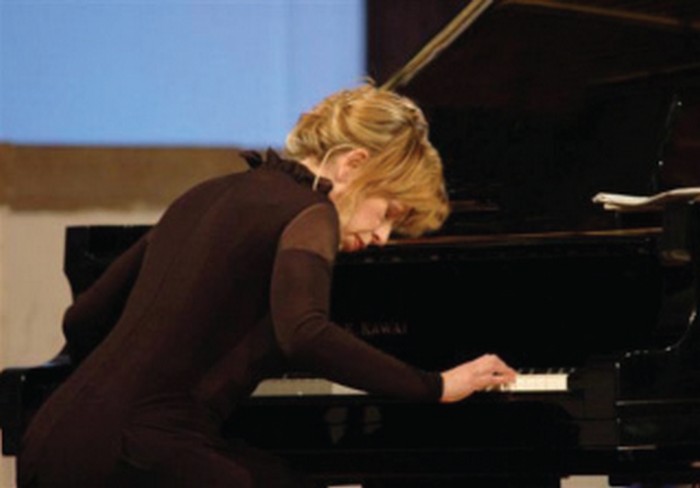Kaleidoscope (For Children and Adults)
Kaleidoscope was inspired by the notion of music box, whereas the title suggests its form and idea. Namely, the word kaleidoscope originates from the following Greek words: kalos (καλός) – beautiful, eidos (είδος) – form, and scopeo (σκοπέω) – to watch, observe, with sound in this particular kaleidoscope playing the role of the primary medium giving rise to images.
A music box evokes memories of childhood, good times, joy, tenderness, holidays, dolls, playfulness, toys, places of refuge… Turning the little key or opening its wooden lid conjures up memories of all of that.
Music boxes, that is, mechanisms we use consist of a cylinder, which is powered by winding up the spring, and a little wheel with metal pins. Every tone has its own pin. When a perforated paper roll, translated from the score, is fed into the mechanism, it starts moving and thereby producing sounds. Namely, the perforation enables certain pins to go through the holes and hit a part of the mechanism resembling a comb, which reproduces desired pitches in desired rhythms within a two-octave diatonic range, from c’ to c’’’.
In this project, pieces by 11 composers are conceived as a whole, with additional music dramaturgy, for which I selected excerpts from works by contemporary composers (Meredith Monk, Philip Glass, Erik Satie, and Conlon Nancarrow). The result is a unified entity, comprising excerpts and fragments that blend and roll, like the images of a kaleidoscope, while the stage itself, with the performers, the piano, toy pianos, the clown, theremin, dolls, and music boxes, as well as recordings played from the loudspeakers and projections of video works, becomes another big imaginary music box.
Four pieces were written for this occasion. I added the remaining pieces to the programme because I thought they belonged there.
The kaleidoscope is real in play, with a significant dose of seriousness.
Nada Kolundžija



